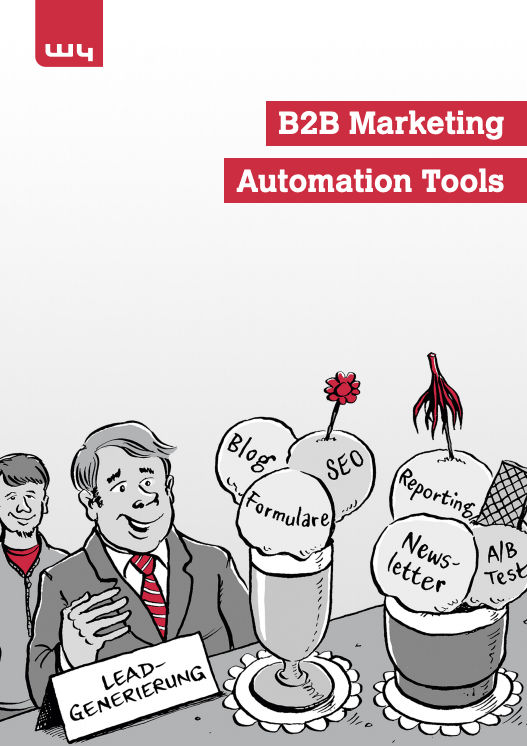
 Any company‘s goal: reaching potential customers and, at best, convert them. A few years ago, this was still a lot more complicated than it is nowadays. Sales and marketing employees actively approached potential customers, more often than not via cold calling. By now, marketing strategies tend to be based on inbound marketing, the goal of which is to trigger interest in customers. Consequently, the focus lies on lead generation. Based on that, prospect and buyer behavior are analyzed, which allows for respective optimizations as well as for the launching of further marketing activities.
Any company‘s goal: reaching potential customers and, at best, convert them. A few years ago, this was still a lot more complicated than it is nowadays. Sales and marketing employees actively approached potential customers, more often than not via cold calling. By now, marketing strategies tend to be based on inbound marketing, the goal of which is to trigger interest in customers. Consequently, the focus lies on lead generation. Based on that, prospect and buyer behavior are analyzed, which allows for respective optimizations as well as for the launching of further marketing activities.
With the help of marketing automation, you will succeed with lead management and effective marketing campaigns, which are tailored to the exact needs and interests of your potential customers. The platform collects and manages the data of prospects. Based on the analysis of customer behavior, tailored content can be automatically conceptualized and distributed. By now, there is a large number of marketing tools at hand. However, the platforms differ greatly in the functions they provide, which means that companies have to define beforehand what they would like to achieve. Depending on clearly defined goals and desired functions, some tools are better suited for your companies‘ specific needs than others.
You can read more about the functions of different marketing tools in our free whitepaper.